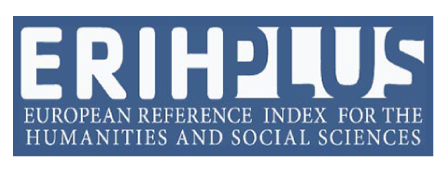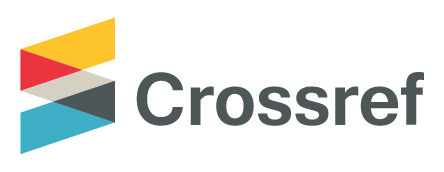Anomaly Detection in Time Series for Smart Agriculture
DOI:
https://doi.org/10.53615/2232-5697.11.177-186Keywords:
anomaly detection, time series, decomposition, artificial intelligenceAbstract
Purpose: Enormous amounts of data from sensors and automatic systems is available to contemporary managers of farms and agricultural enterprises. Therefore, the automated monitoring of the basic processes is becoming more and more necessary. Manager of a modern agricultural company is responsible for his decisions but must have accurate and transparent support in the decision making process. The reports based on wide-scale of mathematical and statistical approaches integrated to information system can provide a suitable hierarchy of alerts concerning important indicators. This paper provides a brief overview of methods usable for anomaly detection in time series together with a basic (and open) possibilities of their implementation.
Study design/methodology/approach: A brief overview of the most important and sufficiently flexible modern methods for detection anomaly detection in time series with focus particularly on agriculture.
Findings: The paper can serve as a starting point for creation of alerting in agricultural information systems as a support for managerial decision making. In connection to the extremely fast development in data and information spheres in smart agriculture within the last two decades develop also the new approaches for prediction in time series and search for unexpected fluctuations in their course. Besides the traditional mathematical and statistical approaches new methods emerge which are tailor-made to the internet environment and environment of social networks.
Originality/value: This basic overview can be used for a primary orientation in the problem and can serve as a basis for creation of automated alerting system. It is always necessary to remember the domain of use, economic relations, structure and hierarchy of time series and their periodicity, seasonality and cycles.
Downloads
Downloads
Published
License
Copyright (c) 2022 Vladislav Bína, Jitka Bartošová, Vladimír Přibyl

This work is licensed under a Creative Commons Attribution-ShareAlike 4.0 International License.















